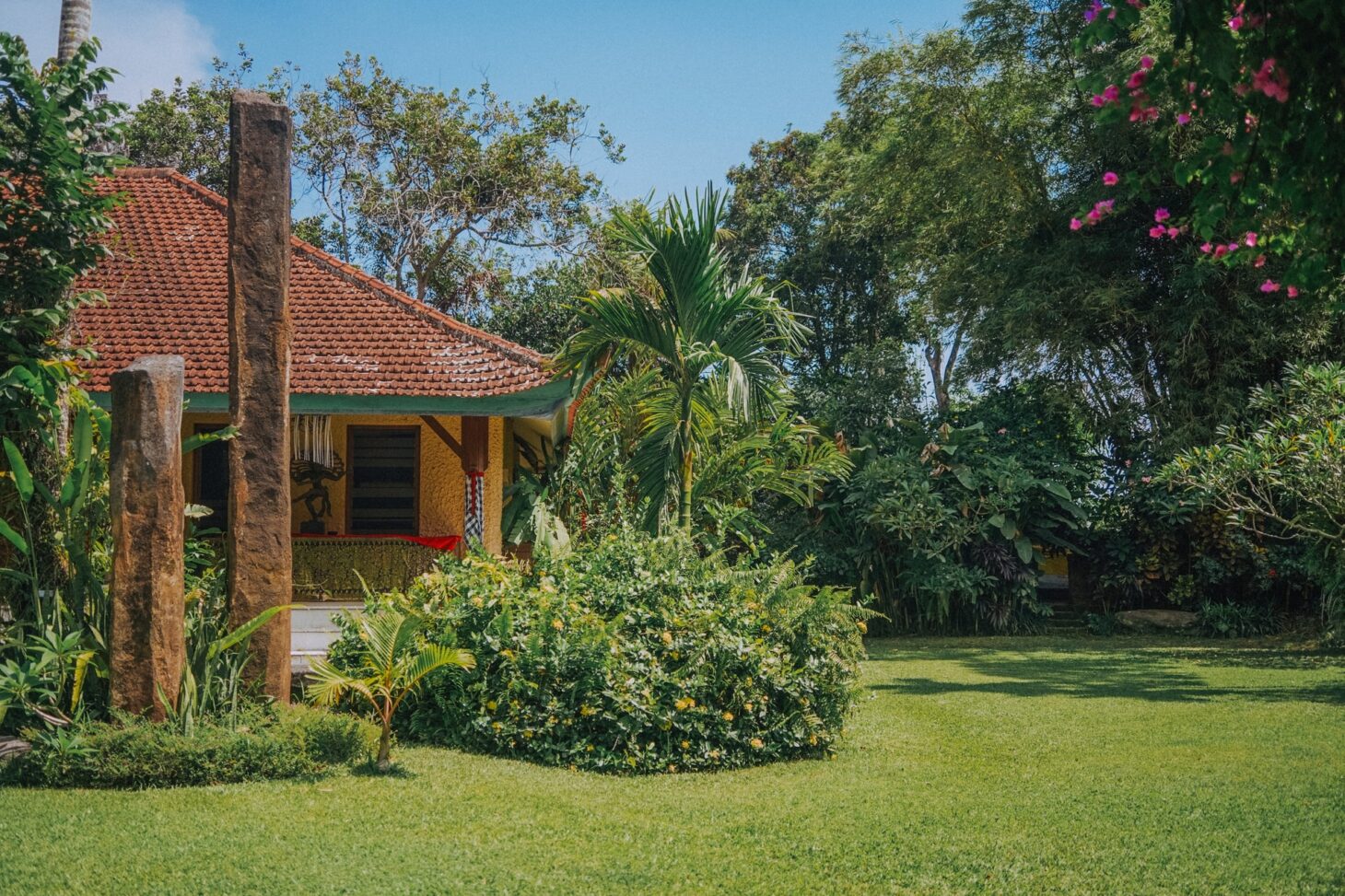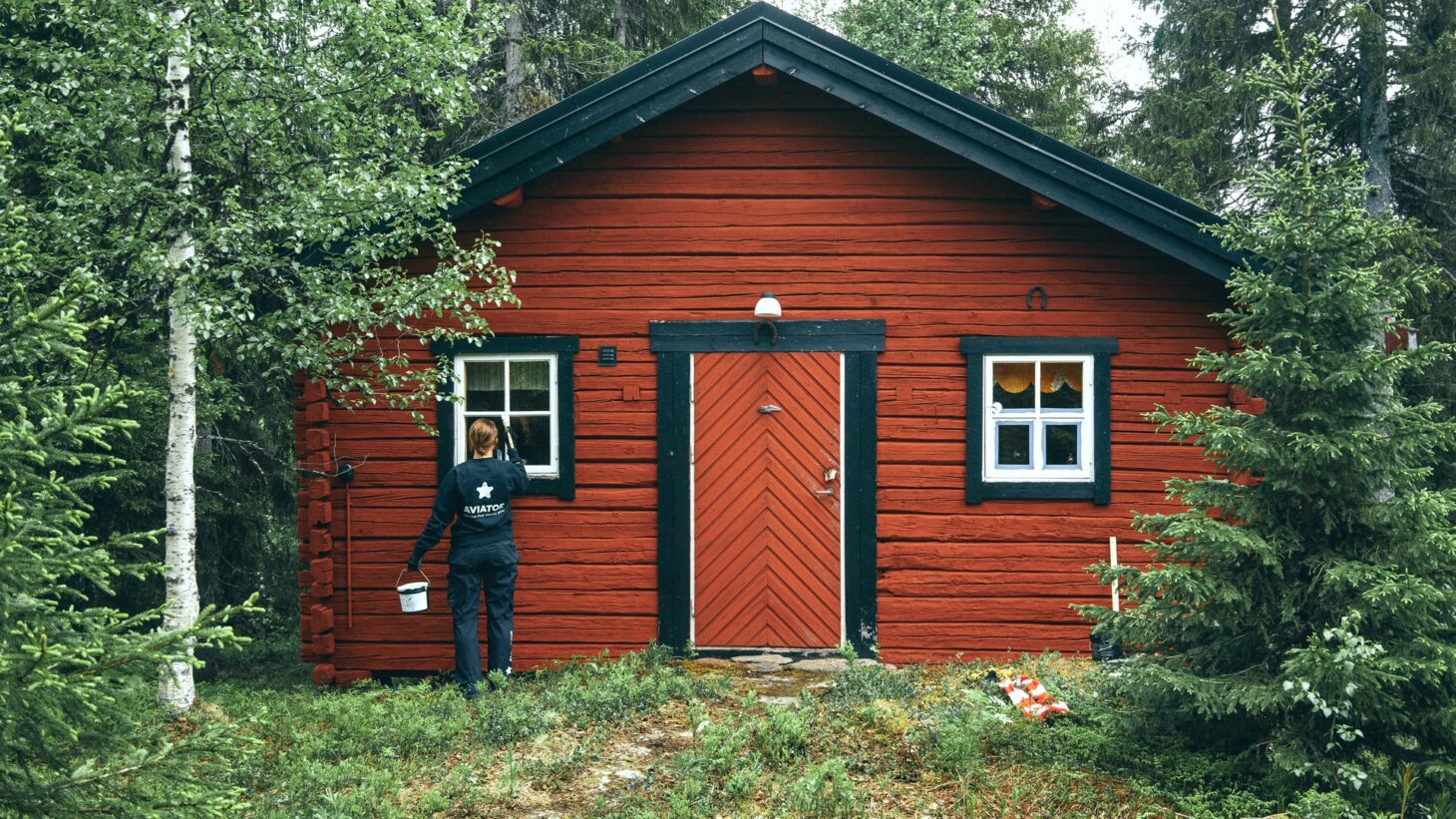Are you working on your home’s exterior and concerned that the workers might harm the plants and your garden?
Many homeowners worry about their garden and plants when having their homes painted.
When exterior work is done on your home, it might harm your plants and grass because construction workers may crush your rose bushes or drop debris on your lawn. Painting your home is one thing, but having rendering done, for instance, is quite another and entails significant home renovation work.
Many individuals find having “workmen” around the house for an extended period unappealing. This may be because of the clutter, the perceived disruption, and of course, the presence of strangers.
Professional decorating businesses use courteous, punctual, diligent crews and, above all, respect your property and take the utmost care when performing what is essentially significant but necessary home renovation work to your home.
The last thing you wish to do after the outside painting is spend days cleaning up the mess.

How can you support your painter?
The day before the team comes to paint the house, one of the first things is to understand how you can help by doing a little work yourself.
It is recommended to relocate any nearby potted plants and anything else, such as benches, tables, wheelie bins, and other items, away from the walls and into a secure location.
As with any job around the house, ensure that kids and pets are kept away from the walls and any materials being used while we are working. These materials can be dangerous to youngsters and detrimental to pets.
Plants and paint don’t get along. Both plants and a fresh coat of paint on your home’s outside walls will give it more personality and curb appeal. However, the chemicals used in creating paint may result in dangerous substances that could hurt your plants!
Check out these straightforward suggestions to protect your plants and greens from paint splatter and debris.
Determine and research your work area
Don’t immediately start painting your exterior walls; first, take the time to inspect them. Make a strategy by following the guidance of questions like:
- What Walls Will You Paint?
- Is it exposed to direct sunlight?
- Are there any nearby plants?
These fundamental inquiries should be helpful, among others, in determining the best time to paint and the necessary preparations. Establishing and inspecting your work area will reveal whether or not your plants are safe and away from the walls that require painting.
Planters and pots should be moved
If any plants are close to your work area, move them and place them somewhere they would be protected from paint spills. Create a path around your work area, and remove anything in its way. Making a path makes it possible to paint without interruption, and you won’t have to worry as much about getting paint on your plants or other items like garden racks, benches, and the like.
Work in the Garden
You are forced to check on your green babies when you move potted plants and other items away from your workspace. Why not engage in a bit of gardening if you have the time? Remove any damaged branches, dead leaves, or stems on your lawn or garden that may obstruct the route. When you work on an external painting project, doing so increases safety.
Covering them
You can also choose to cover up plants, shrubs, and other greenery for added safety. Use caution when covering delicate and fragile plants with thick tarps or drop cloths, though! Save those for the soil and grass, and use plastic sheets for your plants instead. Additionally, plastic sheets are beneficial for trees and start at the bottom and work your way up onto the trunk when wrapping.
Remember that the sheets will need to remain in place throughout the outside painting operation, so watering the earth before covering it should help prevent plant dehydration.

Reduce the use of chemicals
In the case of painting, chemicals are always present. However, always use products sparingly. Water works well for rinsing off dirt, dust, and grime during routine painting tasks, such as cleansing your workspace for surface preparation.
Trees and plants are more than just house decorations. When well-maintained, you can count on these greens to enhance the beauty and vibrancy of your living areas.
Keeping the colour of your greenery and walls? You can, of course.
What about fish pond protection, last but not least?
Many gardens benefit from beautiful accents and fish ponds, and some of these are naturally located close to the home.
Fish are different from plants, and extreme caution must be used while working with live animals and aquatic organisms.
Of course, it would be excellent if you could temporarily move the fish by yourself; after all, they are living beings, and you don’t want to damage them when painting or rendering your home.
However, in some circumstances, transferring the fish might either be impossible or harmful to the animals; hence the following fixes are suggested: Purchase oxygen tablets for the water, or if you use an air pump, crank it up more.
This is due to the need to cover the pond since failure to do so increases the likelihood that paint overspray, render, cement drops, or both, will end up in the pond and kill the fish.
Final Words
The safety of your pets is of utmost significance; therefore, this is also true if we do not cover the pond. Due to this work, an oily film would form on the top layer of water, starving the fish of oxygen and ending up killing them, which nobody wants.
Always repair and paint your property with the highest care to avoid damaging your yard.





